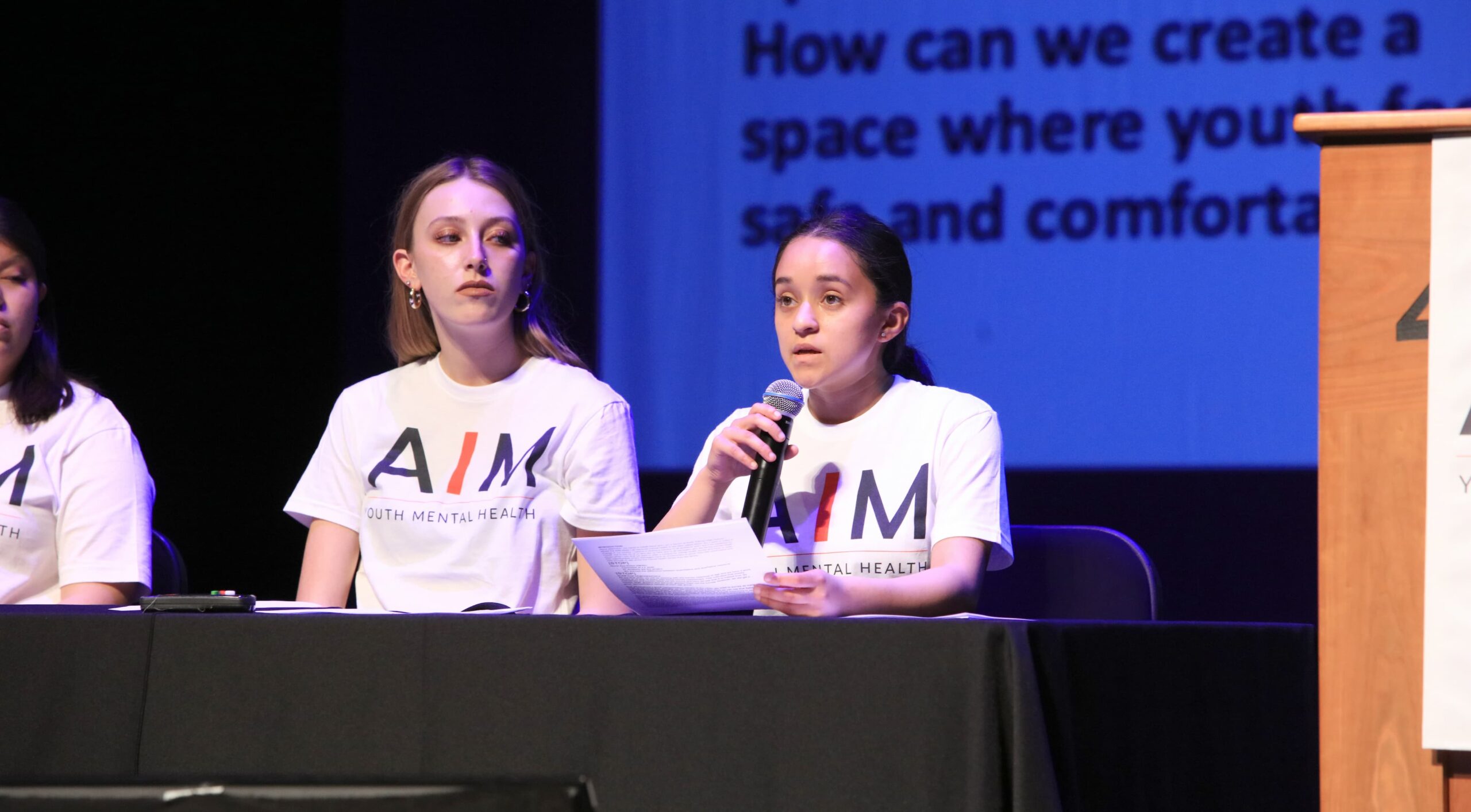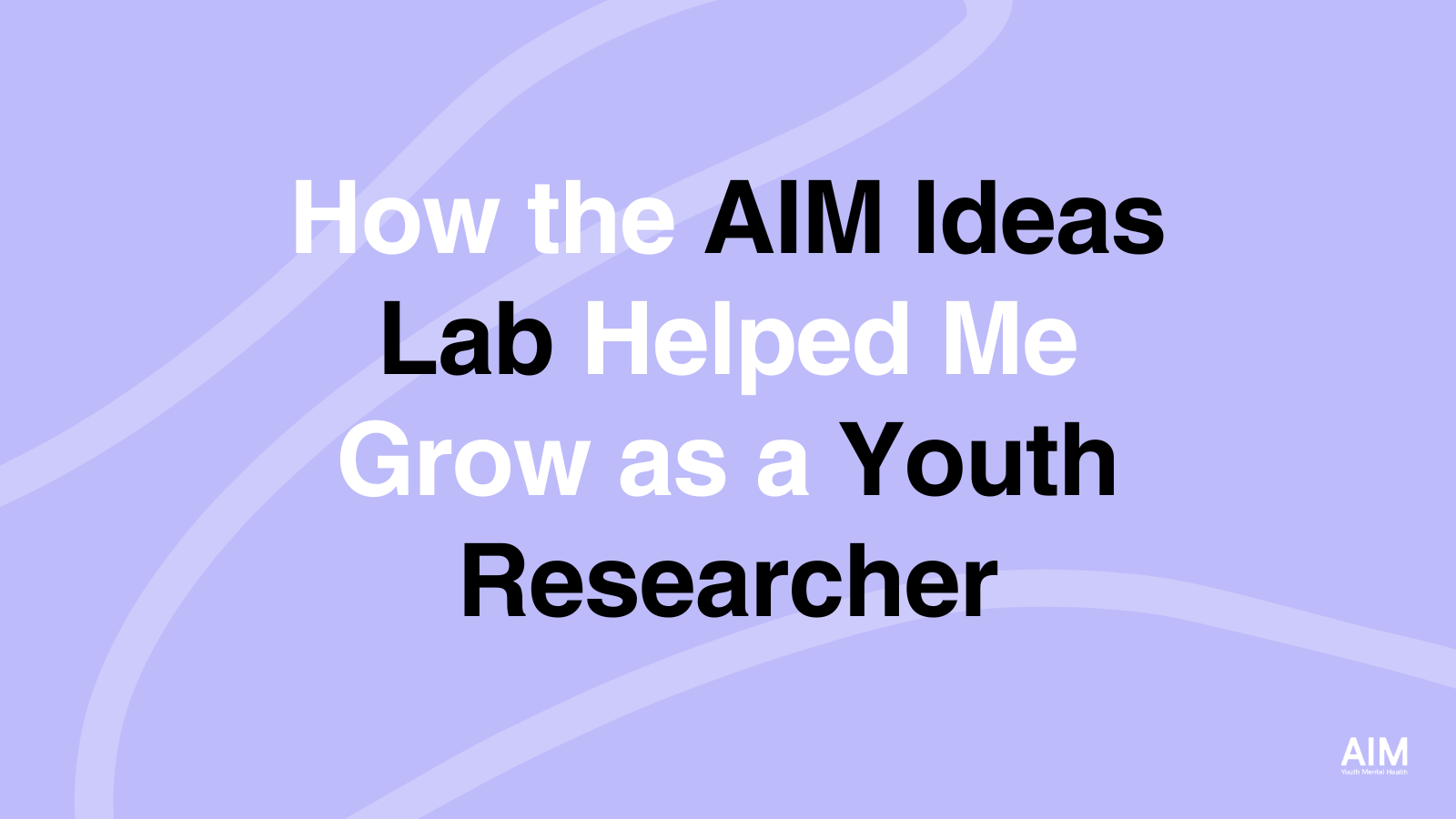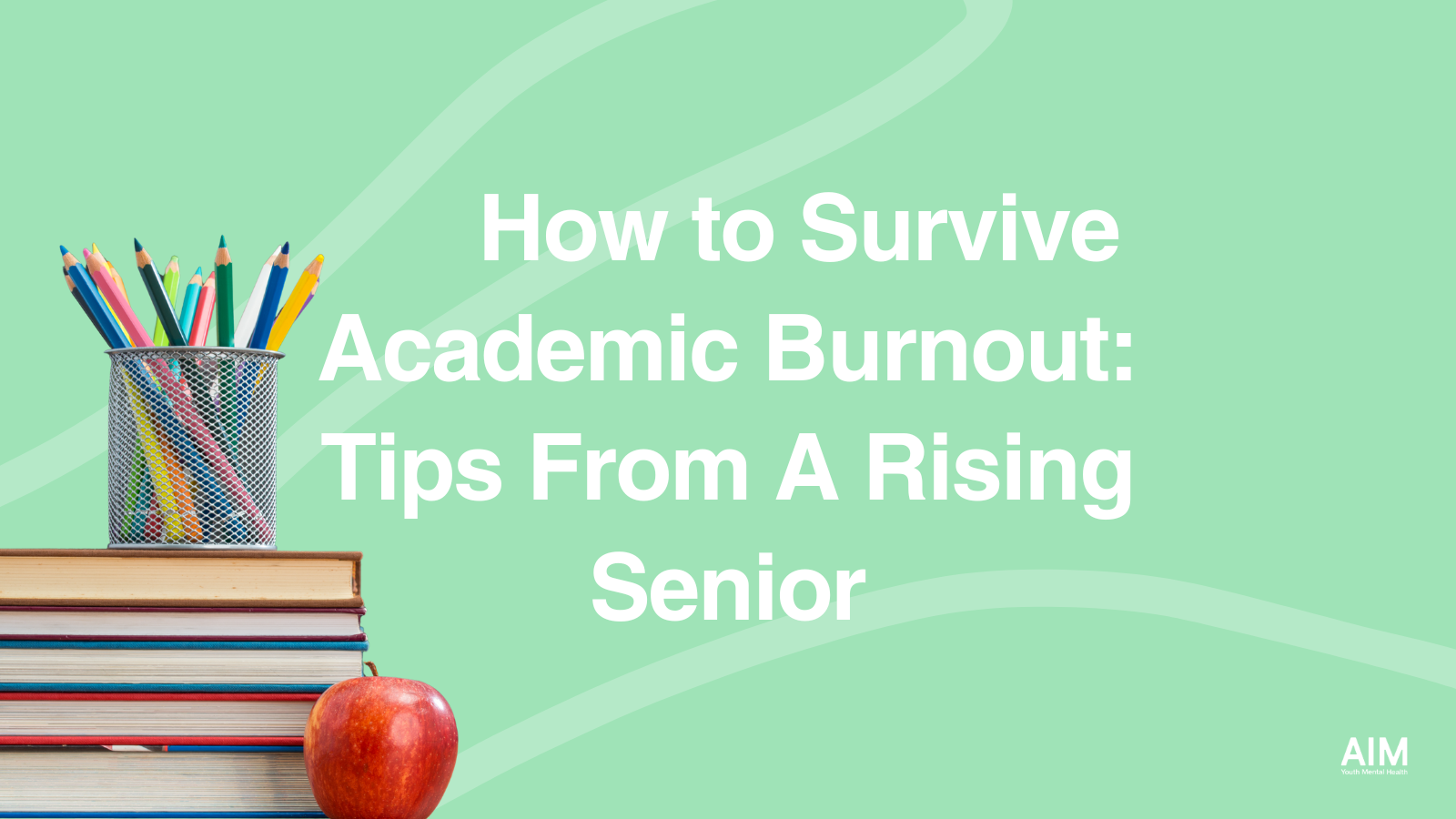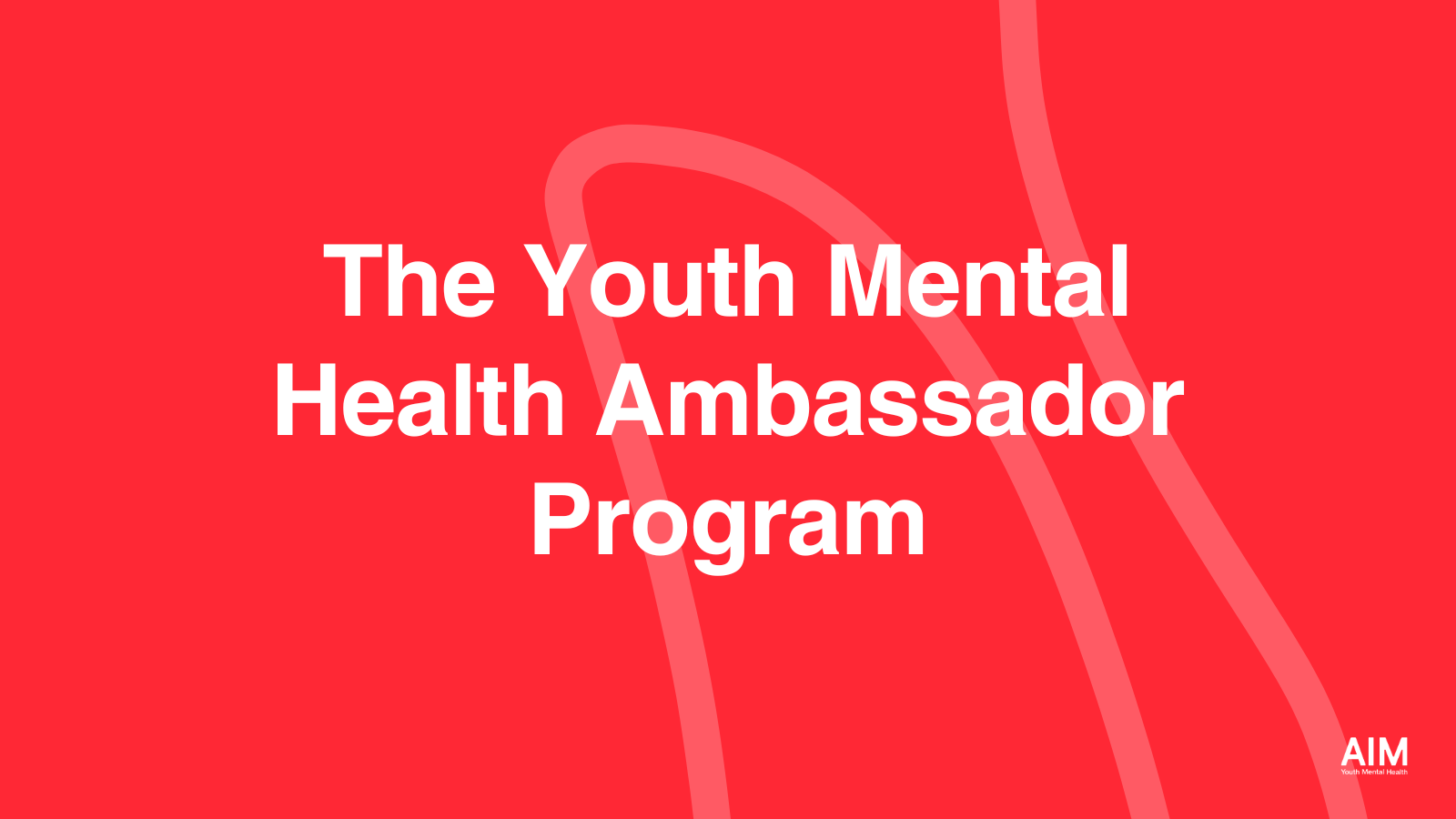When researching communities experiencing youth violence, it may be better to use a community-based participatory research approach and involve youth themselves in creating innovative solutions.
By Jill Suttie
What causes interpersonal violence among youth? This question plagues parents, schools, and society at large. Youth who engage in violence often suffer grave consequences—poorer mental health, physical injuries, expulsion from school, entry into the juvenile justice system, or even death. In fact, the CDC reports that homicide is the 3rd leading cause of death among all teens.
To understand the roots of violence, researchers often focus attention on a child’s environment—what kinds of family structures, cultures, social supports, and community resources surround them. While these are all relevant, too little is known about what’s happening within children navigating those circumstances—what might lead one child to react to conflict with violence and another to refrain from engaging.
That’s where the research of Dr. Jerel Ezell comes in. Ezell, a professor at Cornell University studying health disparities and social inequality among Black and Latino youth—and one of AIM Youth Mental Health’s research grantees—is leading a study on youth violence in urban centers around the country. But, rather than using traditional research methods, where observations and interventions are done by a supposedly objective scientist with no connection to a community, he does what’s called community-based participatory research (CBPR, for short)—where community members, themselves, help design and implement research within their community. He believes that by engaging Black and Latino youth in urban centers around the United States in studying violence within their communities, he’ll better understand the roots of violence, empower youth, and prevent violence from spreading.
“We could focus a lot on poverty, the lack of resources, and structural, systemic issues, which are real,” says Ezell. “But we’re really interested in what’s beyond that, what’s happening in the moment when a youth chooses violence.”
What’s known about youth violence
For many of us, youth violence is hard to understand. Incidents that might spark interpersonal violence in youth may seem trivial to adults, says Ezell. For example, minor offenses—like, stepping on someone’s shoe or saying something about another’s girlfriend—can appear bigger and harder to let slide in teens under duress, leading to violent encounters.
Ezell says that a teen’s mental health and their social-emotional skills are key to how this dynamic might play out.
“[Poorer] mental health is both a cause and a consequence of violence. It’s a cause in that people who have lower self-esteem and self-efficacy are going to have a more diminished sense of self, overall, and be more sensitive to slights,” he says. “It’s also an outcome of violence, so that if you’ve been a victim of violence, then you’re more likely to develop psychological trauma, anxiety, or depression”.
How do kids get exposed to violence as an option? For a lot of youth, it’s watching TV, says Ezell; for others, it’s observing it in their home or community—watching their father strike their mother or two kids on the block fighting one another. When it’s all around you, violence may seem like a normal response to conflict.
“A lot of the most formative exposures that kids have to violence come very early in life,” says Ezell. “They’re socialized to feel like it’s acceptable to commit or absorb violence from another person, because this is what they saw growing up.”
A teen who’s depressed or anxious because of witnessing violence is more likely to be reactive when triggered by insults that someone else might slough off, says Ezell. But once they act out aggressively, chances are they’ll do it again, maybe even upping the ante—for example, by using guns or other weapons instead of fists. This can result in cyclic, retaliatory violence, where victims become violent themselves, creating more victims.
Ezell wants to break that cycle.
“If we have a better understanding of what is psychologically driving someone to make those decisions and focus on the emotional regulation management piece, then we may be able to prevent these fights from escalating,” he says.
Why youth participatory research is part of the solution
There are many ways to study violence and its reduction. Typically, researchers rely on their own areas of expertise, create a theory or intervention, and then test it on the target population they hope to help. While some good information may come of this type of research, Ezell argues that it can also miss the mark.
“More and more, researchers are recognizing that we can’t just do helicopter research—come in, pluck out the data, go publish our papers, get tenure, and then not really care about what happens to those communities afterwards,” he says. “We need to build relationships and to share power.”
CBPR can be a useful approach, as it both helps researchers uncover important undercurrents in a given situation and build trust that can be harnessed later on, when particular interventions might be recommended. In one of Ezell’s past studies, he went into an after-school program in the Bronx, gave kids cameras, and asked them to take pictures of their neighborhood, focusing on what mattered to them and what made them feel like they belonged (or not). The kids came back with vivid illustrations of their neighborhood—like, random trash in the street or abandoned parks—which provided concrete targets for intervening.
In another case, he worked with the residents of Flint, Michigan (where he happens to be from) to get their perspectives on their drinking water crisis. By engaging the community through CBPR, he was able to uncover complex issues that contribute to the community’s broader problems and concerns—including living within “food deserts” and having nearby schools close. Typically, a researcher might focus narrowly on the effects of the water crisis and miss those important pieces of the bigger picture.
“You get more fidelity when you work with people from those communities,” says Ezell. “We’ve seen that consistently across all of our studies.”
Ezell also has a restorative justice background that informs his work. Restorative justice is an alternative to traditional punishments for kids acting out or getting into fights in school, where, instead of being sent to detention or expelled, they face their victims, take responsibility for their actions, and make amends. Working with public high schools on the south and west sides of Chicago, he observed restorative justice in action, which helped him see how many kids in conflict situations don’t really have the language to express how they feel or the skills to manage difficult emotions, like anger or fear—which is problematic when you want to reduce violence.
But while he’s seen the power of certain approaches and comes with his own expertise, Ezell realizes each community’s needs can be a little different—and what’s acceptable to do in one community may not translate well to another. That’s why he’s hoping to find out what teens themselves think is needed to slow down youth violence.
“Whether it’s breathing exercises, mindfulness (which I’m really into), social skills, or anger management (which seems to make a lot of sense), the question is, ‘Is it going to be feasible and acceptable for this population?’” he says.
CBRP in action
With AIM’s support, Ezell will be building a “community action board” of Black and Latino youth in Los Angeles to act as researcher collaborators in his study of youth violence. Similar youth panels are being put together in several cities around the country, with the potential of gathering a large body of data that will help him to tailor preventive interventions to each community’s needs.
While Ezell’s study is still in its initial stages, AIM has already supported CBPR projects in several California counties with success, making AIM a good partner in his research. Last year, AIM’s Ideas Lab coordinated a project in Monterey County involving teen researchers who surveyed their peers about the impacts of the pandemic on youth mental health. This year, the program has expanded to four counties toward the goal of a state-wide youth survey in 2024.
Mawra Shahak, a junior at Marina High School in Monterey County, is one of those teens. She wanted to get involved in this research after seeing how many teens like her had suffered psychologically during the COVID quarantine. She realized that the field of psychology interested her and that she’d like to understand what causes depression or anxiety in her peers.
“You always hear about research on the news and in school; but I really wanted to know what it was like to be involved in research myself,” she said. “Doing it was really eye-opening.
Gia Panetta, of Carmel High School, another teen involved in the project, also felt drawn to understanding how research worked and how she might help others who had mental health issues.
“The idea of going out into the world and gathering this data from all these real people to form solutions, that just really appealed to me,” she said.
Both Shahak and Panetta helped develop the surveys used in the Monterey County study, providing researchers with ideas on how to make the surveys more teen-friendly. They also went through training to learn about how to conduct research, then surveyed peers in their schools, hoping to increase response rates for the study.
“It’s just really easier for me to find youth respondents compared to an adult who might not have as much contact with young people,” says Panetta. “And, knowing that the survey comes from somebody their age makes it seem more approachable to other youth. ”Their surveys produced some surprising findings, too. For example, many of their surveyed teens said they’re not comfortable sharing mental health struggles with others—especially males and especially with teachers. This led AIM to offer Youth Mental Health First Aid, a training course to help teachers better understand what’s affecting teens in their schools.
Panetta and Shahak also found that students in their junior year were significantly more prone to mental health struggles—depression, anxiety, self-harm, and even suicidal thoughts—than those in other high school classes, suggesting that support services might need to target high school juniors, in particular. But, Panetta says, the research also showed that students don’t use hotlines. So, it might be preferable to provide a mental health center on campus, if there were a way to protect a teen’s anonymity when seeking services there, that is.
Getting youth like Panetta and Shahak involved in research can open their eyes to what’s happening around them and what they can do to help.
“It motivates teens to take action to solve the issues in their community, which they wouldn’t even know of unless they saw the research,” says Shahak.
It can also open up researchers’ eyes to the needs of their young subjects, says Panetta.
“It’s important to have youth working on this research, because adults are not mind readers. It’s so hard for other generations to understand what the current younger generation goes through because of what different worlds we grew up in,” she says.
Ezell agrees with this sentiment. By engaging teens in his upcoming research on youth violence and getting their perspectives, he hopes to strengthen his findings and, ultimately, come up with solutions for reducing violence.
“When you are seeking advice and information from communities, they’re going to be able to inform you of what’s salient in the context of their experiences, because they’re on the ground,” he says. “That gives research a lens into what the research question should be and what’s germane in any situation.”
______________________
About the Author
Jill Suttie, Psy.D., is a free-lance journalist and a staff writer and contributing editor for Greater Good, an award-winning online magazine published by the University of California’s Greater Good Science Center. A psychologist by training, her articles cover scientific research aimed at uncovering the keys to individual wellbeing and a more compassionate society. She also records music and has two CD’s of original songs that can be heard and purchased on her personal website: jillsuttie.com.





